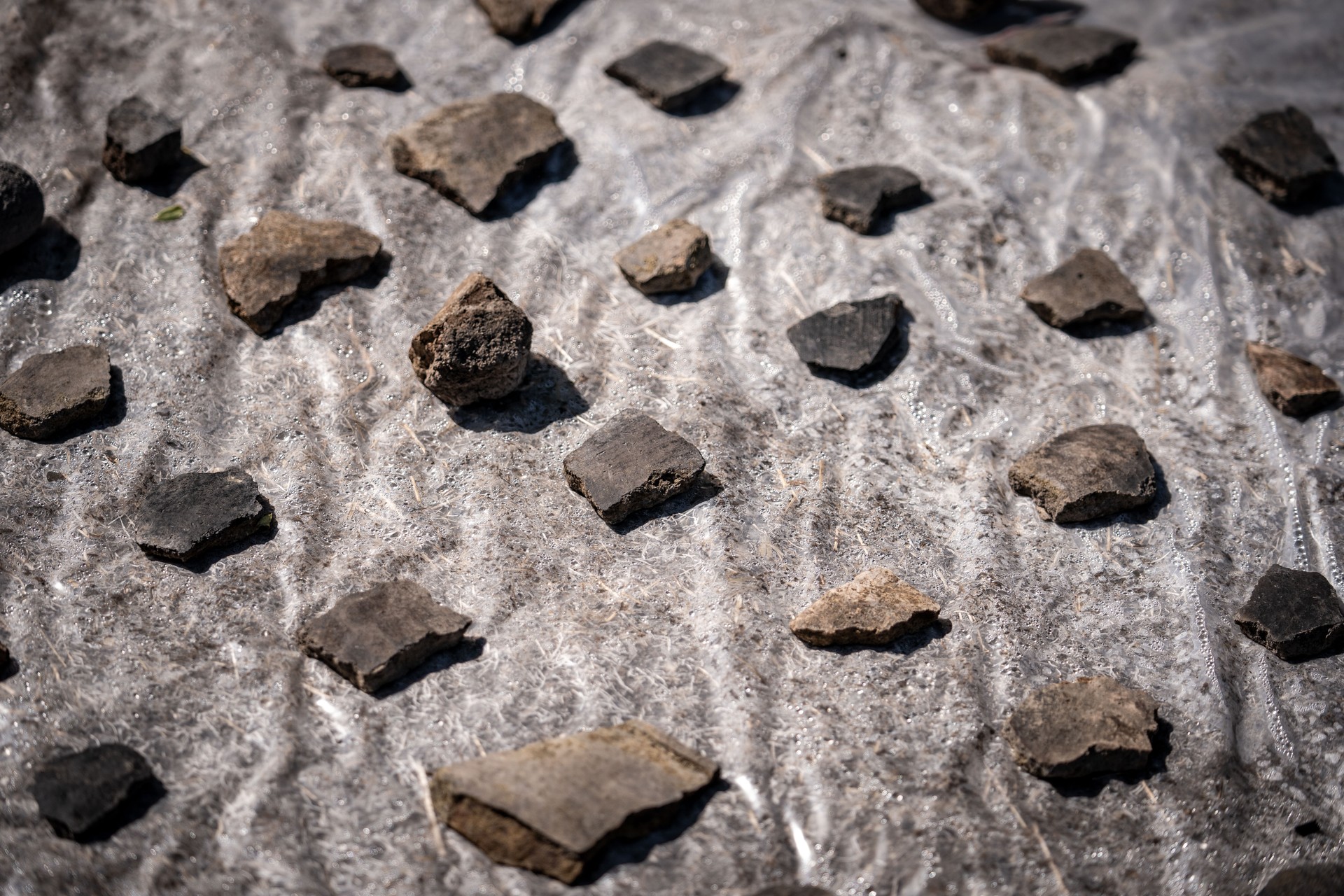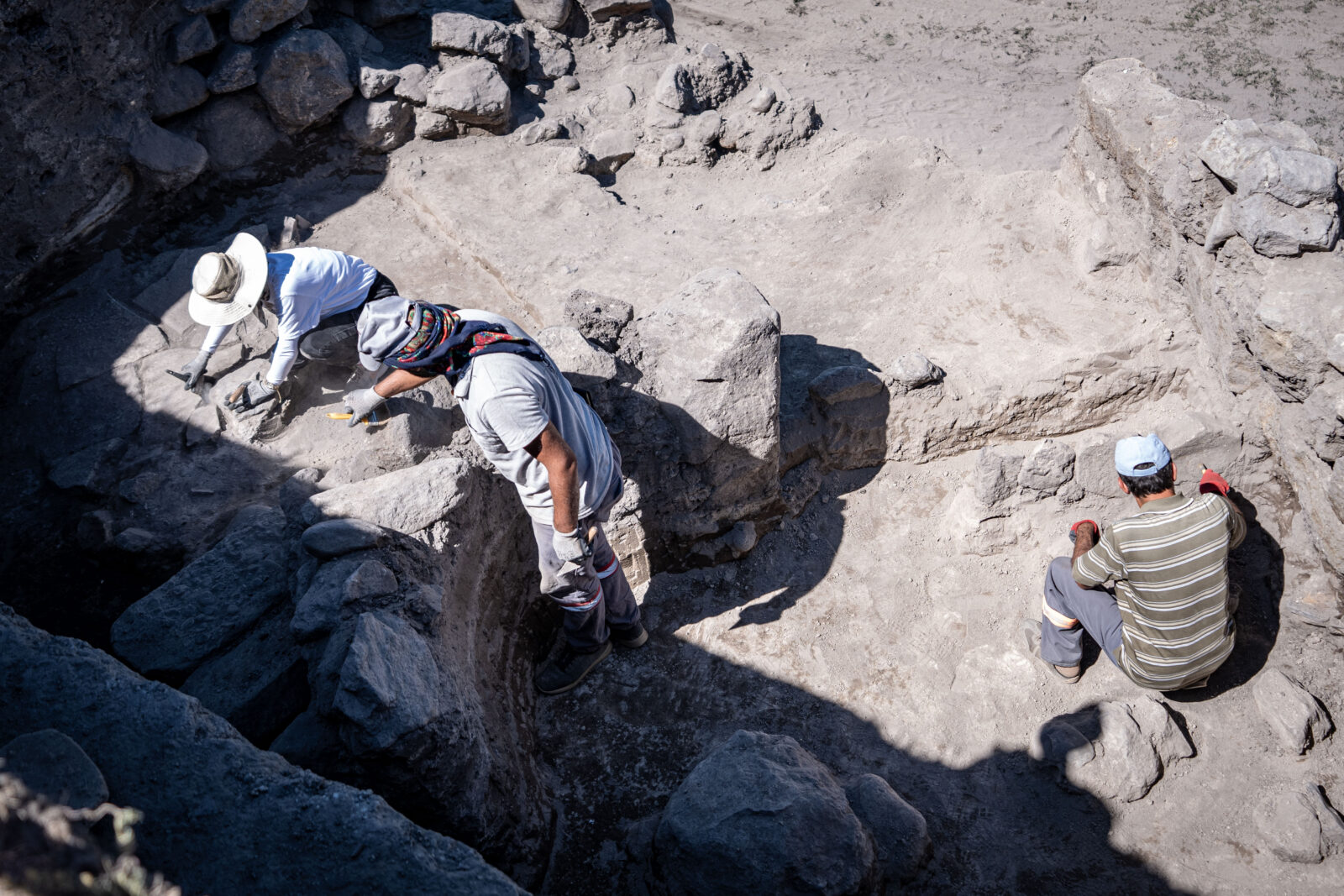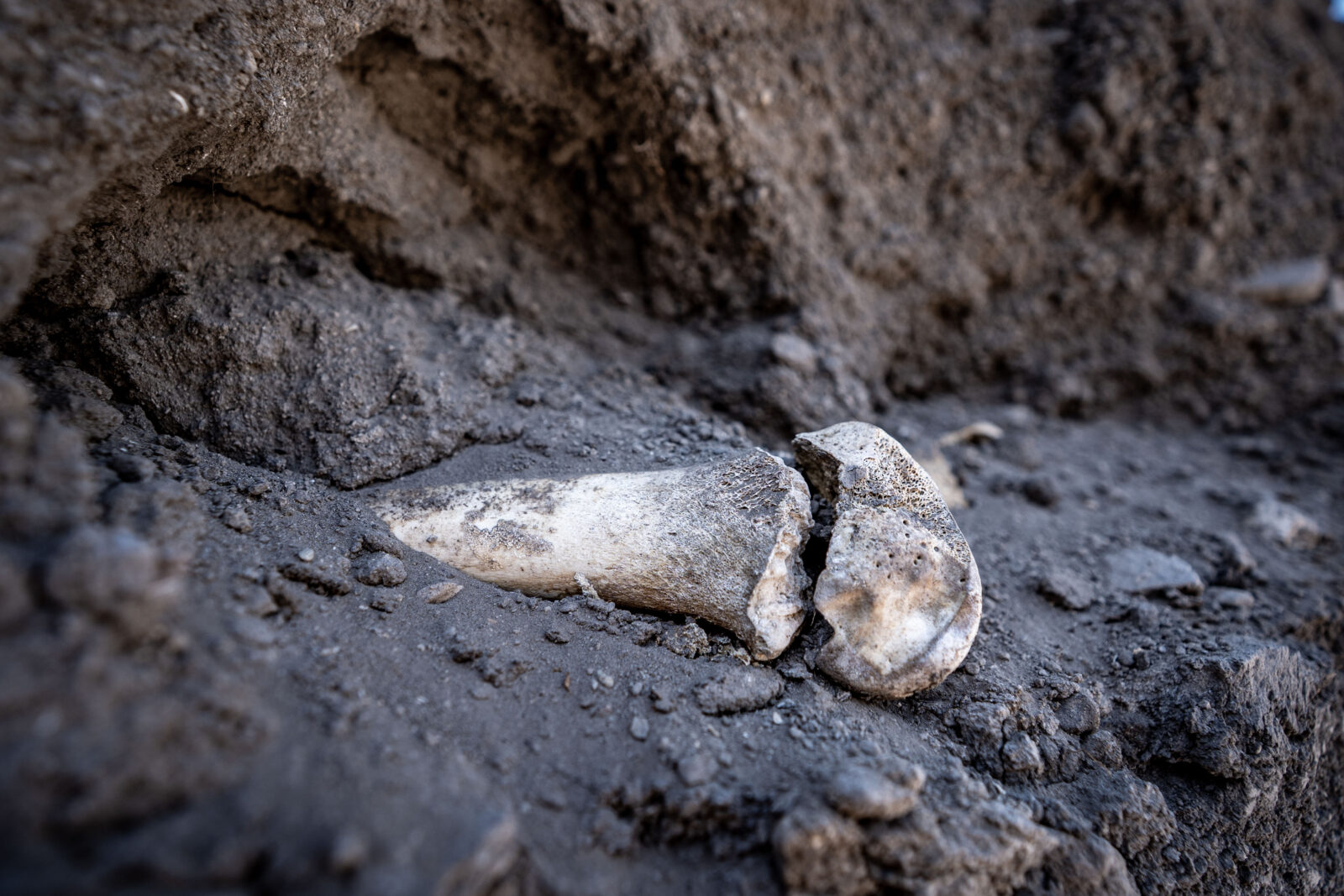
Archaeologists have discovered traces of a settlement dating back approximately 6,000 years at Degirmenler Mound in Erzurum, eastern Türkiye. The discovery, made during a two-month excavation that began on July 1, has uncovered settlement layers, along with human and animal bones and ceramics, which are currently under analysis.
The site is believed to have been inhabited since at least 6,000 years ago, with expectations that further excavation could reveal even older layers. Plans are underway to transform the area into an archaeological park following the completion of the dig.
Mehmet Isikli, a professor at Ataturk University in Erzurum and the scientific adviser to the project, explained the significance of the findings to Anadolu. He noted that a new era began in Eastern Anatolia after the Kura–Araxes culture, which is thought to have influenced the region extensively.

"The first state and writing tradition in Eastern Anatolia came with Urartu, approximately 3,000 years ago," Isikli said. "We are still trying to understand the 2,000-year period in between, who lived during that time, and how they lived. This period is referred to by archaeologists as the Late Bronze Age and Early Iron Age, spanning over a thousand years. The rescue excavation at Degirmenler Mound is providing valuable data about this period."
Isikli also highlighted evidence of a strong societal structure that existed around 4,000 years ago, indicating a community engaged in animal husbandry and agriculture.

Associate Professor Gulsah Altunkaynak, an archaeologist at Erzurum Museum and the excavation coordinator, noted that the region's archaeology has largely relied on rescue excavations.
She emphasized the significance of the findings at Degirmenler Mound, which aim to uncover the earliest settlement layers as quickly as possible.
"Using the step trench method, our goal is to expose each layer’s periods and building phases," Altunkaynak said. "We initially uncovered a medieval cemetery at a depth of about 1.5 meters, followed by an Iron Age layer. We've encountered more architectural fill than we expected, which suggests a complex history."
Altunkaynak added that Degirmenler Mound is likely to provide more extensive evidence of the Kura–Araxes culture, potentially offering findings that have not been seen before. "Beyond Kura–Araxes, we may discover an earlier settlement than Alaybeyi, which could help us identify the region’s earliest inhabitants," she said.
"Contrary to previous beliefs, these studies suggest that there were early settlements in this mountainous area. Our current findings date back 5,500 to 6,000 years, showing the presence of the Kura–Araxes culture. We need to dig deeper to uncover earlier periods," Altunkaynak concluded.